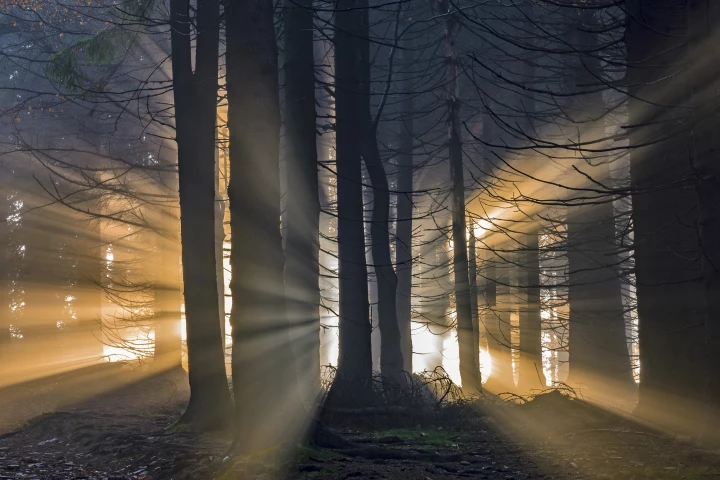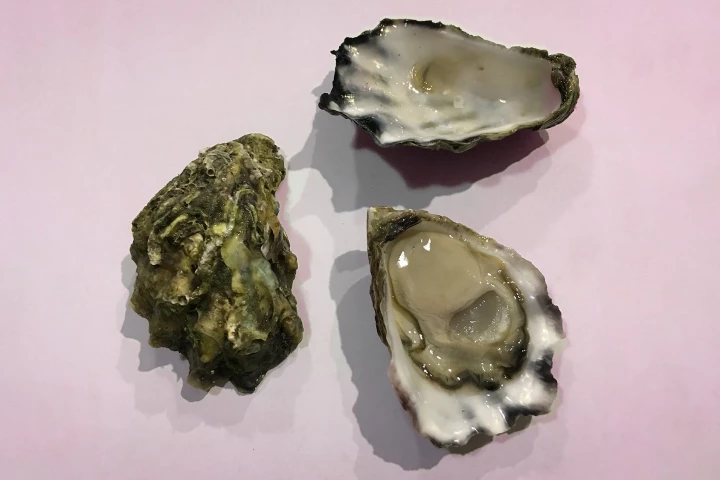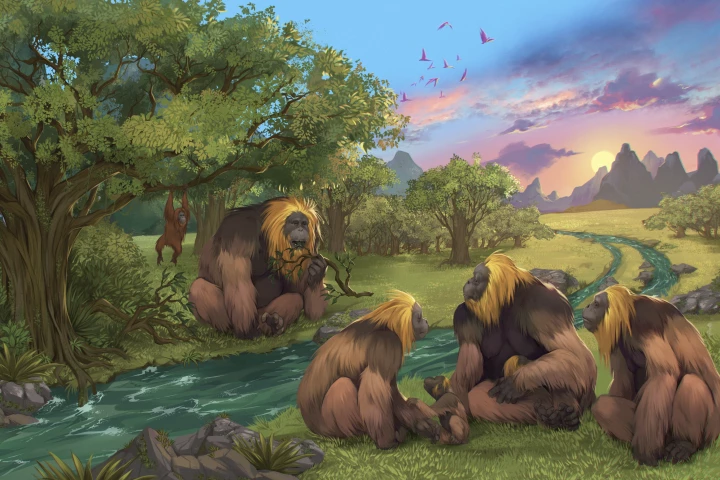Southern Cross University
-
Lead poisoning isn’t just an industrial-age problem. A new study reveals our ancestors, including Neanderthals, were exposed to lead for millions of years, shaping how their brains evolved and overturning what scientists thought about our toxic history.
-
Remarkable research has unlocked new understanding of the mysterious ways trees communicate and share knowledge – and much like in the animal kingdom, the wisdom of age plays a key role. In fact, you may never look at a tree in the same way again.
-
Researchers have discovered that proteins found in oyster blood have bacteria-killing properties and can boost the effectiveness of some common antibiotics whose use has been negatively affected by the global rise in drug resistance.
-
For two million years, a 10-feet-tall, 660-pound ape thrived in the forest, until it mysteriously vanished during the late middle Pleistocene. After 10 years of work, scientists at last reveal just what happened to our largest known distant relative.
-
If corals are going to survive on today's ecologically stressed reefs, they've gotta be tough. Scientists have therefore been developing a special "turbo-charged" coral, which has recently been found to be reproducing on the Great Barrier Reef.
-
In a world first, researchers have conducted a cloud-brightening trial as a way of protecting fragile corals in Australia's Great Barrier Reef, to see whether reflecting some of the Sun’s energy away could help limit damage due to climate change.
-
Recent severe bleaching events to strike the Great Barrier Reef have led to widespread death of the corals making up world’s largest living structure, but scientists are coming up with increasingly inventive ways to repair the damage.
-
We've recently seen a number of proposals for protecting coral reefs from the dangers of climate change, and now it turns out that corals already have a self-defense mechanism. They can release aerosols into the atmosphere to create a protective "cloud umbrella."







